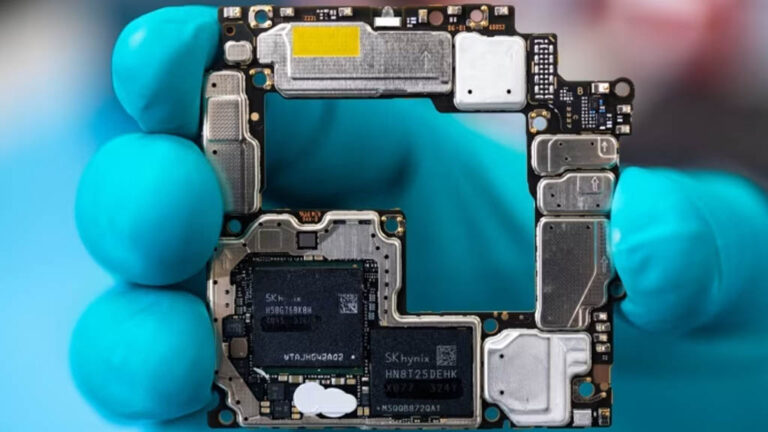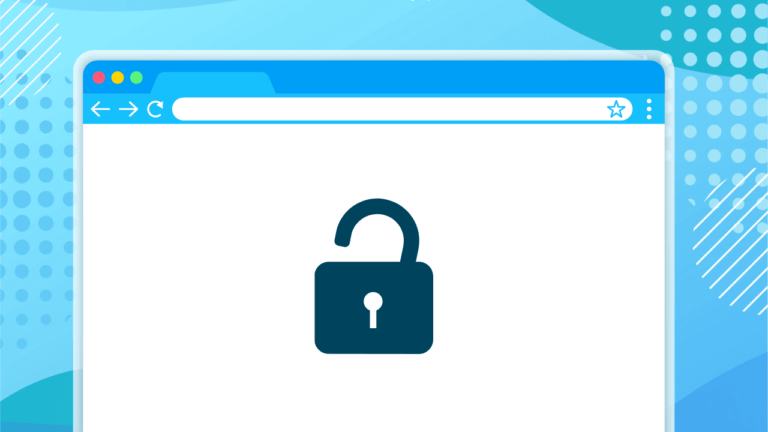
In today’s rapidly evolving digital landscape, cybersecurity and technology proficiency are no longer optional—they’re essential. For high-profile figures like Defense Secretary Pete Hegseth, maintaining strong digital hygiene is critical to national security. But these tech tips aren’t just for government officials; they apply to everyone who uses a smartphone, computer, or the internet.
From securing communications to avoiding phishing scams, here are the most important tech tips to stay safe, efficient, and ahead of potential threats.
1. Secure Your Communications with Encryption
Why It Matters:
Government officials, business leaders, and everyday citizens alike must protect sensitive conversations from interception. Unencrypted emails, texts, and calls can be intercepted by hackers or foreign adversaries.
How to Do It:
-
Use Encrypted Messaging Apps: Signal and WhatsApp (with end-to-end encryption enabled) are excellent for secure communication.
-
Encrypt Emails: Tools like ProtonMail or PGP (Pretty Good Privacy) encryption ensure emails remain private.
-
Avoid Public Wi-Fi for Sensitive Chats: If necessary, use a VPN (Virtual Private Network) to encrypt internet traffic.
For Defense Secretary Hegseth:
Given his role, Hegseth should rely on government-approved encrypted communication channels, such as those provided by the Department of Defense (DoD), rather than consumer apps.
2. Enable Multi-Factor Authentication (MFA) on All Accounts
Why It Matters:
Passwords alone are no longer enough. Hackers frequently breach accounts through stolen credentials. MFA adds an extra layer of security by requiring a second verification step (like a fingerprint or one-time code).
How to Do It:
-
Use Authenticator Apps: Google Authenticator or Microsoft Authenticator are more secure than SMS-based codes.
-
Hardware Keys: For maximum security, use a physical security key like YubiKey.
-
Enable MFA Everywhere: Email, banking, social media—any account that offers it.
For Defense Secretary Hegseth:
Given the sensitivity of his position, Hegseth should use hardware-based MFA wherever possible to prevent unauthorized access.
3. Beware of Phishing and Social Engineering Attacks
Why It Matters:
Phishing remains the #1 method hackers use to breach accounts. High-profile individuals are prime targets for sophisticated attacks, including spear-phishing (personalized scams).
How to Avoid It:
-
Never Click Suspicious Links: Verify the sender before opening attachments or links.
-
Check Email Addresses Carefully: Scammers often mimic legitimate addresses (e.g., defense-secretary@official.com vs. defense-secretary@off1cial.com).
-
Use Email Filters: Enable spam filters and report phishing attempts.
For Defense Secretary Hegseth:
He should undergo regular cybersecurity training to recognize advanced phishing tactics, as adversaries may use deepfake audio or AI-generated messages to deceive him.
4. Keep Software and Devices Updated
Why It Matters:
Outdated software contains vulnerabilities that hackers exploit. Zero-day attacks (flaws unknown to developers) can be particularly dangerous.
How to Do It:
-
Enable Automatic Updates: For operating systems, apps, and antivirus software.
-
Regularly Check for Updates: Manually verify updates on critical devices.
-
Replace Outdated Hardware: Older devices may no longer receive security patches.
For Defense Secretary Hegseth:
His devices should be managed by DoD IT teams to ensure they’re always running the latest secure firmware and software.
5. Use Strong, Unique Passwords and a Password Manager
Why It Matters:
Weak or reused passwords are a major security risk. A single breach can lead to multiple account compromises.
How to Do It:
-
Create Complex Passwords: At least 12 characters with a mix of letters, numbers, and symbols.
-
Use a Password Manager: Tools like Bitwarden, 1Password, or LastPass generate and store strong passwords securely.
-
Never Share Passwords: Even with trusted colleagues—use secure sharing features in password managers instead.
For Defense Secretary Hegseth:
He should avoid writing down passwords and rely on a DoD-approved password management solution.
6. Limit Personal Data Exposure Online
Why It Matters:
Public figures are at higher risk of doxxing (having private information leaked) or identity theft.
How to Do It:
-
Audit Social Media Privacy Settings: Restrict who can see personal posts.
-
Minimize Publicly Available Data: Remove personal details from data broker sites.
-
Be Cautious with Geolocation: Avoid sharing real-time location data.
For Defense Secretary Hegseth:
He should have a dedicated team monitoring his digital footprint and scrubbing unnecessary personal information from the web.
7. Secure Your Home and Mobile Networks
Why It Matters:
Unsecured Wi-Fi networks can be hacked, allowing attackers to intercept data.
How to Do It:
-
Change Default Router Passwords: Use WPA3 encryption for Wi-Fi.
-
Set Up a Guest Network: Isolate personal devices from visitors.
-
Disable Remote Management: Prevent unauthorized router access.
For Defense Secretary Hegseth:
His home and mobile networks should be secured with government-grade encryption and monitored for intrusions.
8. Regularly Back Up Important Data
Why It Matters:
Ransomware attacks can lock critical files. Backups ensure data recovery without paying hackers.
How to Do It:
-
Follow the 3-2-1 Rule: 3 copies of data, on 2 different media, with 1 stored offline.
-
Use Encrypted Cloud Storage: Services like Tresorit or government-approved solutions.
-
Test Backups Regularly: Ensure files can be restored when needed.
For Defense Secretary Hegseth:
Military-grade backup protocols should be in place to protect classified and operational data.
9. Be Wary of AI-Generated Deepfakes
Why It Matters:
AI can now clone voices and create realistic fake videos, which adversaries may use for disinformation.
How to Do It:
-
Verify Unusual Requests: If someone calls asking for sensitive info, confirm through a trusted channel.
-
Use Code Words for Sensitive Communications: Ensures authenticity.
For Defense Secretary Hegseth:
He should have verification protocols in place to confirm the identity of anyone requesting sensitive actions.
10. Stay Informed About Emerging Threats
Why It Matters:
Cyber threats evolve constantly. Awareness is the first line of defense.
How to Do It:
-
Follow Cybersecurity News: CISA (Cybersecurity & Infrastructure Security Agency) alerts are invaluable.
-
Participate in Security Training: Regular updates on new attack methods.
For Defense Secretary Hegseth:
He should receive classified briefings on the latest cyber threats targeting national security.
Final Thoughts
Technology is a powerful tool, but it comes with risks. Whether you’re the U.S. Defense Secretary or an average citizen, following these tech tips can drastically reduce vulnerabilities. By prioritizing encryption, multi-factor authentication, phishing awareness, and regular updates, we can all contribute to a safer digital world.
For Pete Hegseth, these practices aren’t just recommendations—they’re necessities to safeguard national security. For everyone else, they’re the best defense against an ever-growing array of cyber threats.






